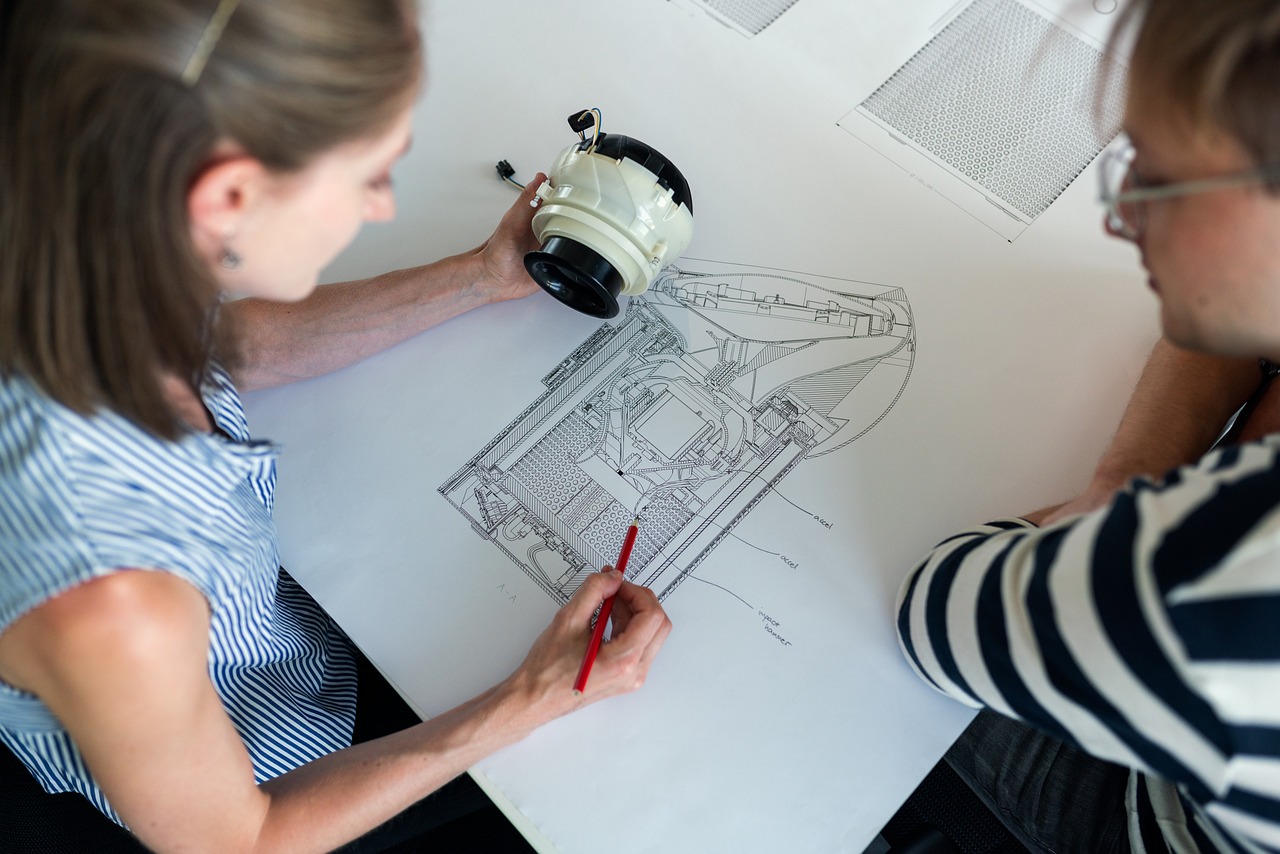Author:
Part 2
In this blog we are taking closer look to recurring negotiations. Situation, when after signing a contract with supplier both sides face crisis in implementing it. Procurement professionals are again engaged to help business. In Part 1 of this blog we described business case with media house negotiation and “my goals first” approach to negotiation. We mentioned new role for procurement in recurring negotiation – a mediator. In Part 2 we describe another example, that led to recurring negotiation – software house.
Negotiation's trap in performance based contract
The next business case is coming from the international company I worked for recently operating in the services. Department of Sales and Operations was in front of a big challenge during the time I joined the company. The challenge was around:
How to sustain a smooth and agile process of servicing end-customer with procedures tailored to the type of his claims, at the minimum administrative cost?
I was responsible for sourcing an IT solution to support defined KPIs and business goals. The project’s steering committee agreed to buy an open source platform designed for business process management (BPM). The tendering process was long and with lots twists and turns. Finally, we managed to choose a business partner. A software house that provided an open source technology was ready to work side by side in a scrum model. Negotiations finished with satisfying performance-based contract. Unfortunately, situation changed eight months after the contract was signed. Both parties were under the necessity of re-defining contract’s model to be able to move on. I was invited again to lead the recurring negotiation with the software house.
The nature of performance-based contract is about settling supplier's remuneration linked with the achievement of the goals (success fee)
This kind of agreement is usually concluded to build trust, increase commitment, ad value, facilitate the transfer of competences, improve communication and agility and limit the risks and build a partnership. The customer and supplier have a "joint roadmap", "joint project", "joint KPI".
Unfortunately Customers often forget that it requires equality in delivery.

Performance based contract requires equality in delivery
Post implementation life proved that the contract was good on paper. The reality showed its imperfection when it comes to the human resources, keeping KPIs and deadlines on both sides. Company I worked for, faced a few traps in which, got into quite soon after contract was signed. We failed to provide things that would improve the quality of cooperation with business partner, like:
- resources on the sales and operation department, previously involved in the project
- supplier involvement at the early solution design stage
- final user perspective included in the service specification
- regularity of measuring progress in achieving the objectives
- KPIs in the contract were not clearly specified - which depended on the performance of the Customer and which on the Supplier’s
After eight months software house was reluctant to maintain performance-based contract. Therefore, not to lose the relationship and the project itself, we sat down again to the negotiation. I took the role of a mediator. I tried to be objective as possible having not all the data on the table. I was not involved in the scrum meetings of the project teams, therefore needed to make an investigation first and speak with both parties separately to make my conclusions. They were clear afterwards. At the stage of negotiation, we missed the risk on loosing critical resources. We did not communicate openly on what can go wrong when contract turn into execution phase. Project status meetings were held regularly but it only proved that, the client could not meet his KPIs in performance-based model. The only way to move project forward and maintain good relations, was to change the type of a contract into time and material one.
Focus on “my goals first” approach not “our goals first” one, cost us the loss of few months delay on the project schedule. With the change of a contract, we were finally able to move on and implement the IT solution successfully.
How to build a stairway to satisfaction in negotiations in five steps?
I strongly recommend five steps that can help lay the foundation for the future negotiations with the high possibility of being the final ones:
BE READY FOR THE FAIR TRADE
There are three foundational elements for a successful collaborative relationship: trust; transparency and compatibility. Step one begins with the parties sitting side-by-side and having an open discussion about what each concept means to them. This will enable everyone to learn the foundation of how they can work together.
CO-CREATE THE VISION FOR THE PARTNERSHIP
If the parties agree that they have the basic foundational tenets for a highly collaborative relationship, the second step is to co-create a vision for the partnership. The best way to do this is for each partner to create their own vision – but then transform that into a shared vision. This will give the partnership its purpose beyond a series of transactions.
SETTLE THE GUIDING PRINCIPLES FOR THE PARTNERSHIP
Partners both work to improve the relationship and abide by the guiding principles to drive highly collaborative behavior. A key purpose of the guiding principles is to help prevent opportunism and competitive tit-for-tat moves.
NEGOTIATE SIDE BY SIDE AS ’WE’
Once the first three steps are complete, the parties should be ready to establish the mechanisms they will use as they negotiate details such as the scope of work, price, payment terms, and so on. This includes agreeing on negotiation rules – the strategies, tactics and methods both parties use to ensure the deal is fair and balanced.
DON'T LOSE THE SIGHT ON “OUR GOALS” AFTER CONTRACT IS SIGNED
Many business relationships operate in a highly dynamic environment. Therefore, step five of the “our goals first” process has parties create the governance mechanisms that will help them live as ‘we’ throughout the relationship which may face many disturbances. This includes how to get both sides to work together at both a tactical and strategic level.
How you approach your negotiation with strategic business partner will impact the business continuity sooner than later. To avoid recurring negotiation, try to get into “our goals first” mode with him. Nevertheless, if you lose it, remember that your role as a mediator can be crucial to sustain with business goals and maintain good relationship with your supplier further on.









